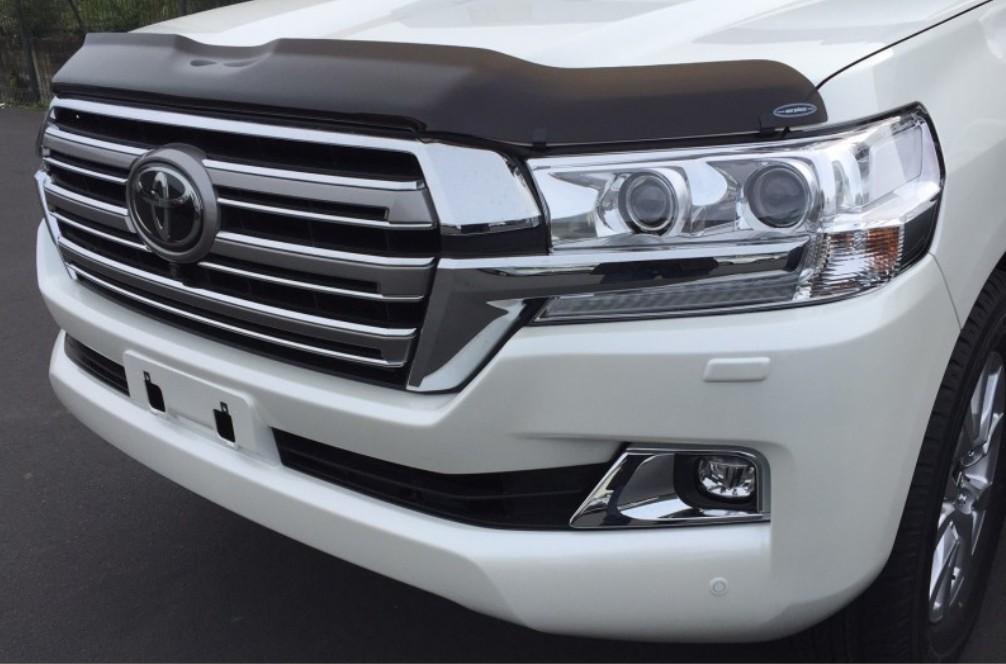The debate over the effectiveness of bug deflectors is still on-going between believers and non-believers after years of their invention. Some people claim that they work wonders, while others swear to the contrary and that they are just a waste of money. And since there are a lot of testimonials supporting both points of view, deciding what to believe can be mission impossible. So, before doing that, it’s important to understand the reasoning behind the different bug deflector designs and their features. Here’s a bit help on the matter.

Standard–profile
The most used bonnets today are also called bug deflectors and they are positioned at a certain angle. This is done to allow a more aerodynamic approach and a better reflection of all insects that may come straight at your windshield. A standard car bonnet protector is usually positioned away from the hood panel which makes it ideal for warmer climates, thus Aussies. They are better at sustaining damage from stones and are usually made from acrylic plastic.
Low-profile
These bug deflectors are very similar to OEM deflectors as they are usually positioned very close to the hood and are also called off-the-hood deflectors. This way of fitting the deflector enables it to match with the contours of the vehicle and doesn’t make it look like an aftermarket part. The paint of this car bonnet protector is more susceptible to scratches from rocks as cars have very low hood lines nowadays. Some of these deflectors come with a bump-up ridge for better airflow while still retaining their style.
Bolt-on
A bolt-on deflector needs screws or bolts to be fastened going through the protector and in the hood. This type of installation process requires a bit more time than the tape on bonnet protectors and a screwdriver. There are usually holes in the bonnet protector that you will need to keep in mind when screwing in the fasteners. There is also a pair of brackets that you will need to fit underneath the hood. This type of deflector is shaped with a sleeve that needs to go underneath the hood.
Tape-on
This type of protector uses a double-sided foam tape in order to be fixed into place. This kind of tape is very strong and durable and many manufacturers prefer it as it is able to stick to the surface even if there are any irregularities. The installation of the tape-on deflector is fairly simple as you only need to stick it on the front of the hood – just peel the protective backing before installing it.











